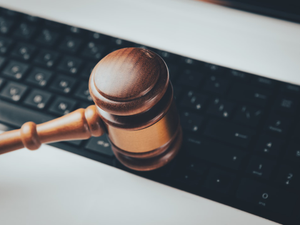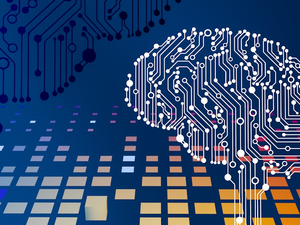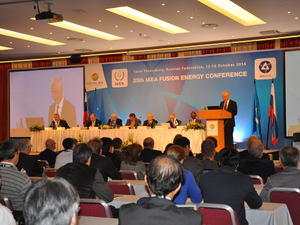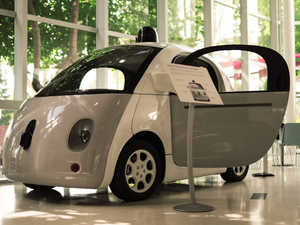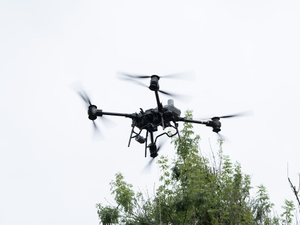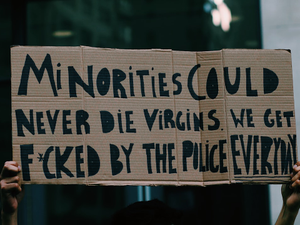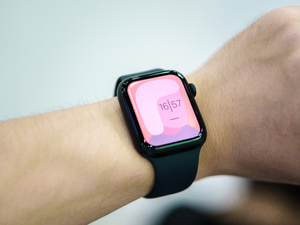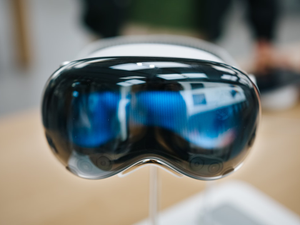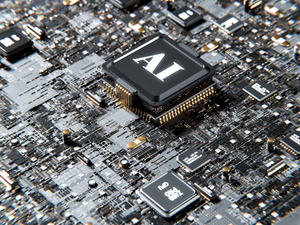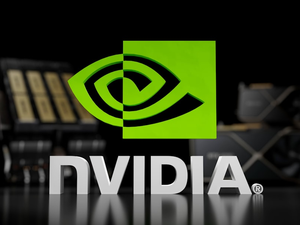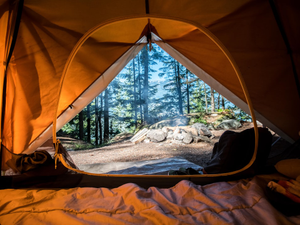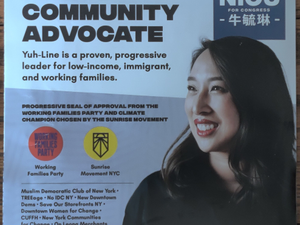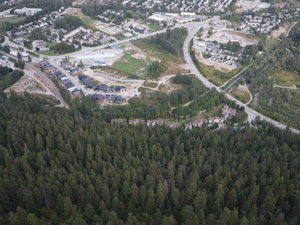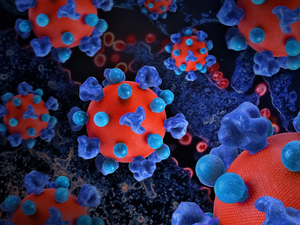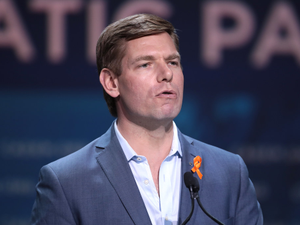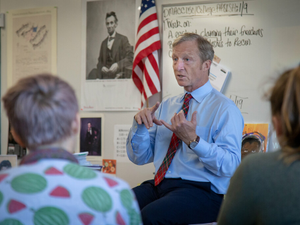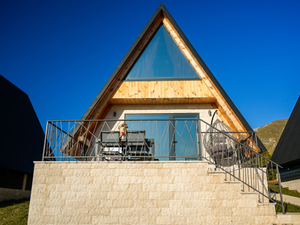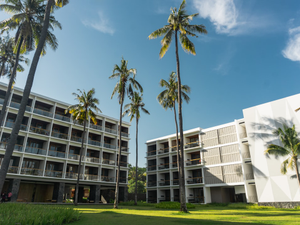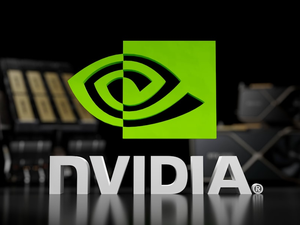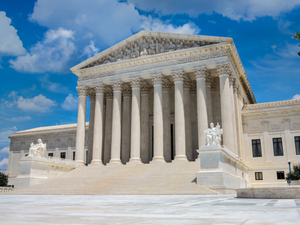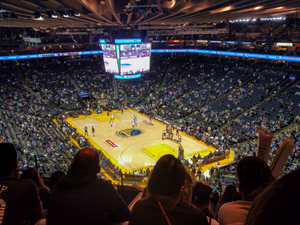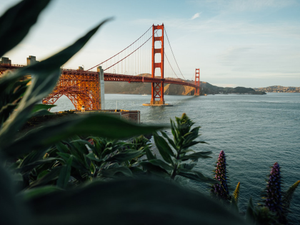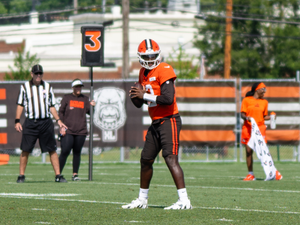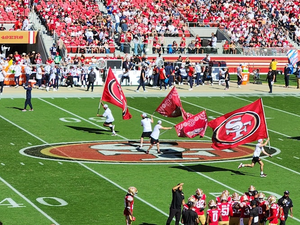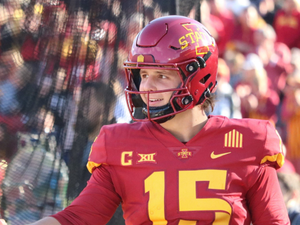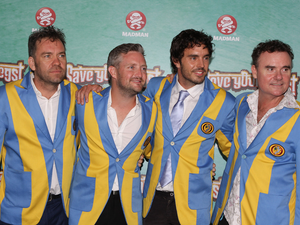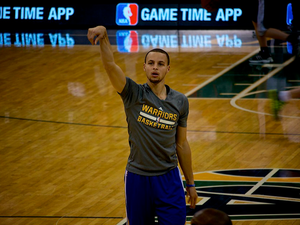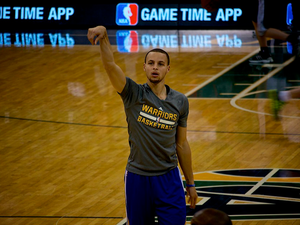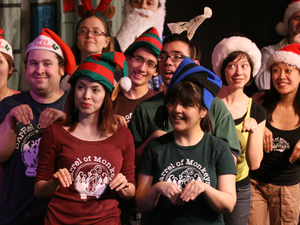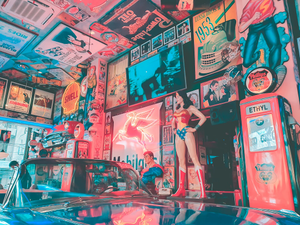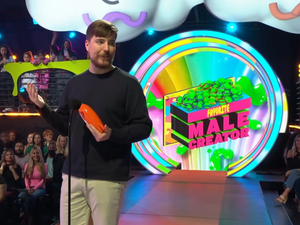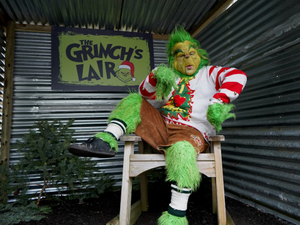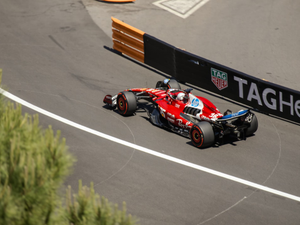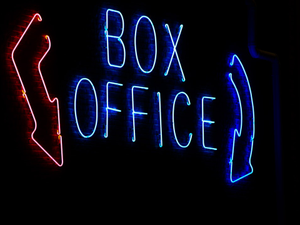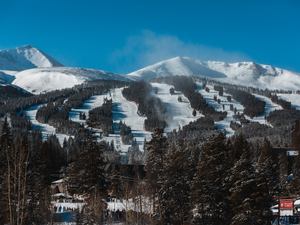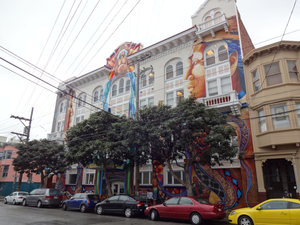Tesla's Bay Area 'Robotaxi' Service Might Not Be What You Think
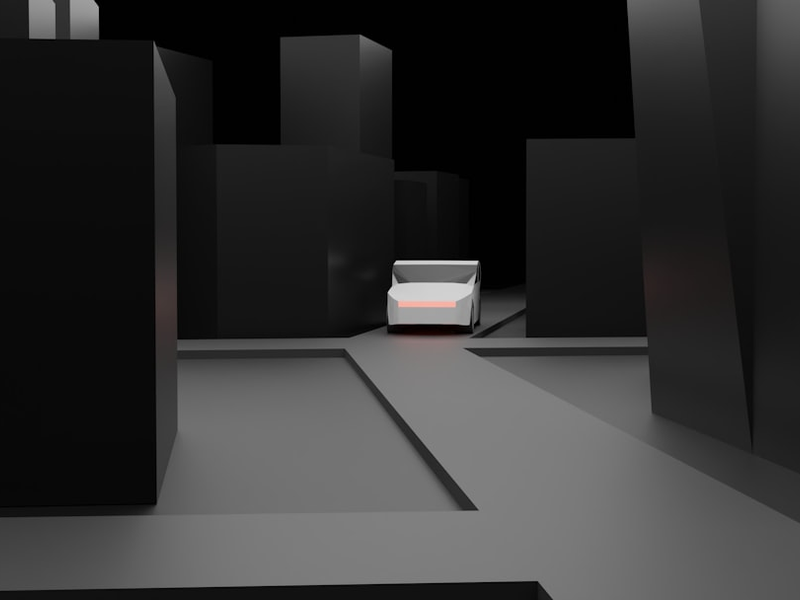
Photo by Shubham Dhage on Unsplash
Elon Musk’s Tesla is preparing to launch a new taxi service in the San Francisco Bay Area, but the reality might not match the company’s bold claims. While Tesla is marketing this as a “robotaxi” service, regulatory constraints mean the vehicles will actually require human drivers.
The California Public Utilities Commission (CPUC) confirmed that Tesla can only operate a taxi service with human drivers, despite the company’s ambitious autonomous vehicle aspirations. A CPUC spokesperson explicitly stated that Tesla is “not allowed to test or transport the public in an autonomous vehicle”.
Tesla’s approach seems calculated, with the company telling investors about a potentially autonomous service while informing regulators about a traditional human-driven taxi service. This strategy echoes ongoing legal challenges Tesla faces regarding misleading language about its driver assistance technologies.
The planned service will cover the entire Bay Area, from Sausalito and Berkeley to Los Gatos. While Tesla has permission to test driverless vehicles with a driver present, they haven’t yet secured permits for fully autonomous passenger transportation.
This launch follows a similar limited service in Austin, Texas, where Tesla has been testing its robotaxi concept. Early rider experiences in Austin have been mostly positive, though video evidence suggests the autonomous technology still requires human intervention for safety.
The robotaxi project is crucial for Tesla, especially as the company experiences a 13 percent decline in auto sales revenue. Musk has been positioning Tesla not just as a car manufacturer, but as a robotics and automation company, with ambitious claims about potentially becoming the world’s most valuable company.
Regulatory challenges remain significant. While Musk claims autonomous ride-sharing could cover half the US population by year’s end, each state maintains its own autonomous vehicle regulations. Tesla will need to navigate these complex legal landscapes carefully to realize its autonomous transportation vision.
As the Bay Area prepares for this new service, tech enthusiasts and transportation advocates will be watching closely to see how Tesla balances its technological ambitions with regulatory realities.
AUTHOR: pw
SOURCE: Wired
